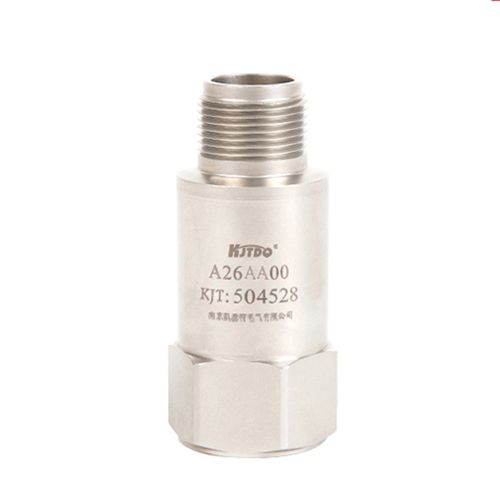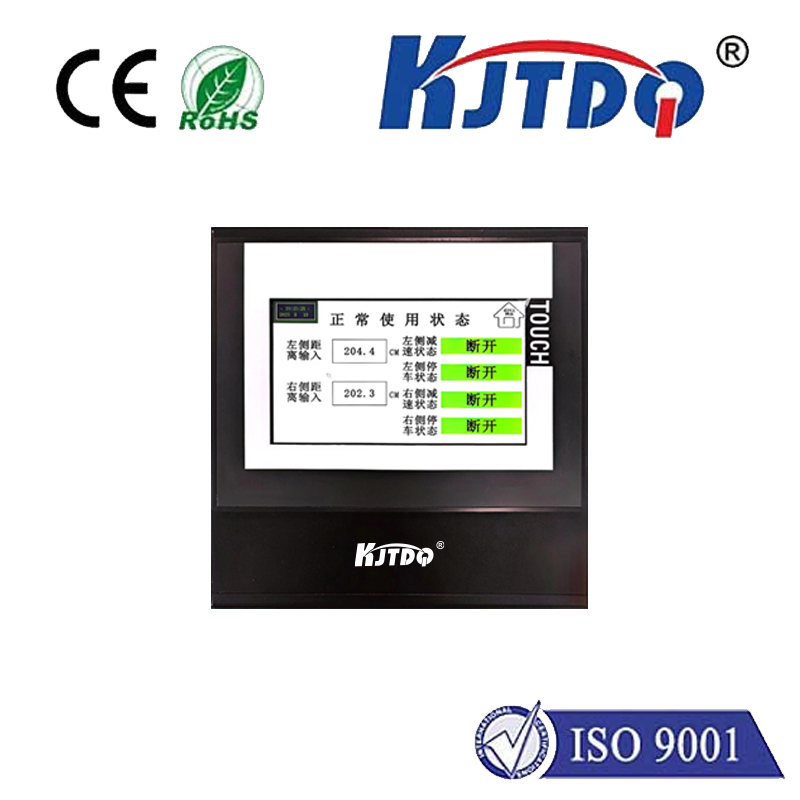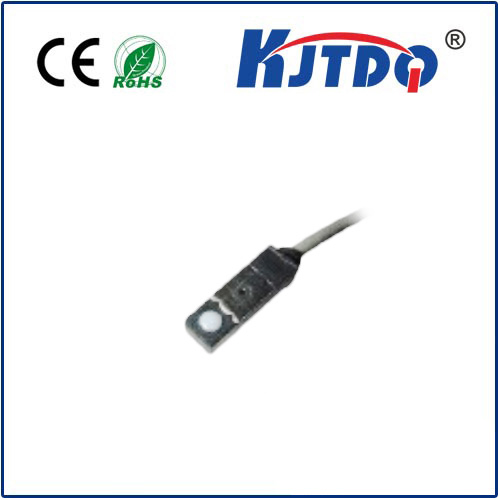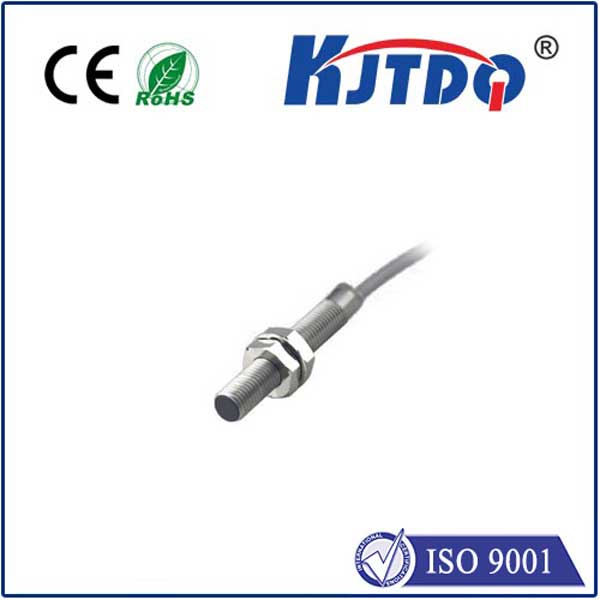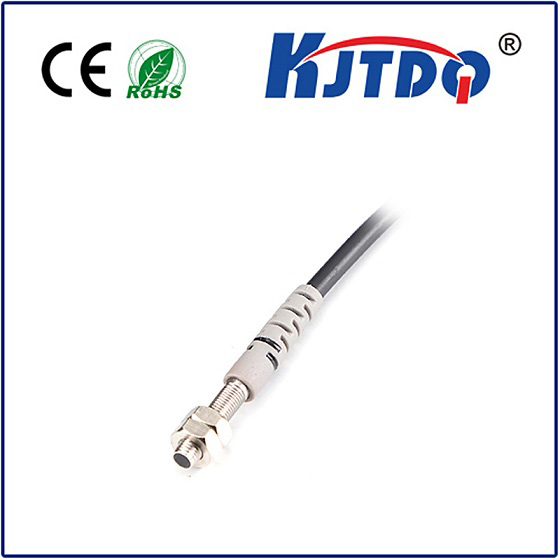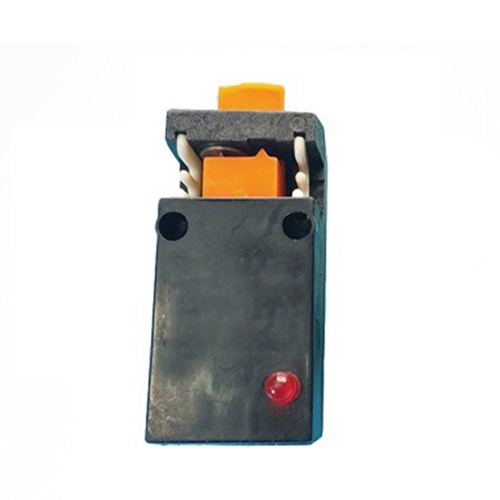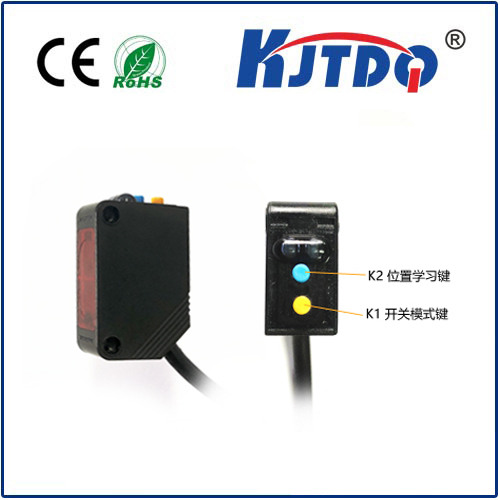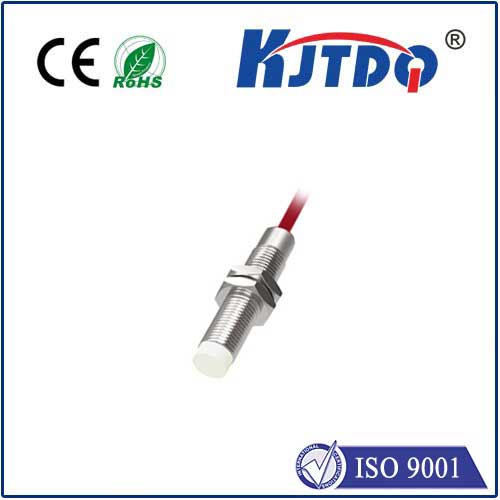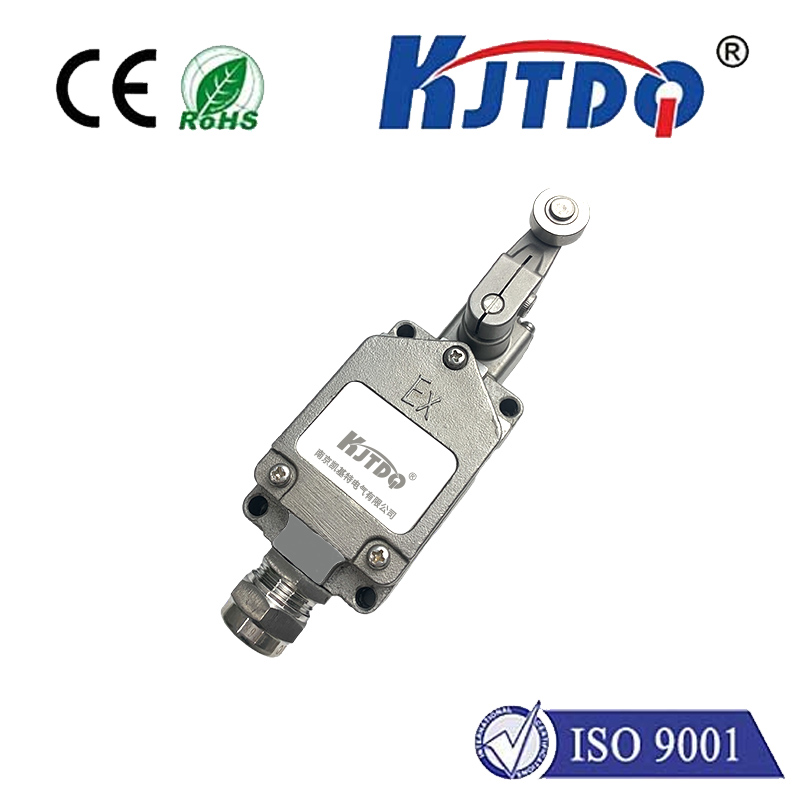ultrasonic sensor small
- time:2025-06-28 00:25:36
- Нажмите:0
Small Ultrasonic Sensors, Big Impact: Powering Miniaturized Innovation
Imagine a tiny sensor, smaller than your fingertip, silently mapping its surroundings with sound waves. This is the reality of modern small ultrasonic sensors. These compact marvels are quietly revolutionizing industries where space is at an absolute premium, bringing sophisticated proximity detection and distance measurement capabilities to applications once deemed impossible for traditional sensor sizes. Their unique blend of precision, reliability, and miniature ultrasonic sensor packaging is unlocking a wave of innovation across robotics, wearables, medical devices, and beyond.
The Core Principle: Sound Navigation at a Tiny Scale
At their heart, ultrasonic sensors small in stature operate on the same principle as their larger counterparts: echolocation.
- Transmitting: A small piezoelectric element within the compact ultrasonic sensor emits a high-frequency sound pulse (typically 40kHz or higher), well beyond human hearing.
- Propagating: These ultrasonic waves travel through the surrounding medium, usually air.
- Reflecting: When the sound waves encounter an object in their path, they bounce back towards the sensor.
- Receiving: Another piezoelectric element (or sometimes the same one acting in duplex mode) detects the returning echo.
- Calculating: The sensor’s internal electronics measure the time-of-flight (ToF) – the time elapsed between sending the pulse and receiving the echo. Knowing the speed of sound in the medium (approximately 343 m/s in air at 20°C), the sensor calculates the distance to the object:
Distance = (Speed of Sound × Time of Flight) / 2.
What makes miniature ultrasonic modules remarkable is achieving this sophisticated functionality while dramatically shrinking the physical footprint, power consumption, and often the cost.

Where Size Really Matters: Key Applications
The ultrasonic sensor small size advantage is transformative in numerous cutting-edge fields:
- Micro-Robotics and Drones: Autonomous navigation is critical for small robots and drones operating in confined spaces. Compact ultrasonic sensors provide essential collision avoidance, object detection, and even landing gear height sensing without adding significant weight or bulk. They enable swarm robotics where individual units need constant spatial awareness.
- Wearable and Portable Technology: Smartwatches, fitness trackers, and other wearables leverage low-power ultrasonic sensors for contactless gesture control (e.g., scrolling screens without touch) or even proximity-based security features. Their minimal size allows seamless integration into sleek designs.
- Medical Devices and Diagnostics: The field of miniature ultrasonic sensors is rapidly advancing in medicine. Tiny probes enable minimally invasive procedures, endoscopic ultrasound capsules can visualize internal structures, and compact sensors assist in precise drug dispensing, vital sign monitoring, and even targeted therapy delivery.
- Miniaturized Industrial Automation: On shrinking production lines and within compact machinery, small ultrasonic distance sensors provide crucial feedback for position sensing, level detection in tiny vessels, counting small parts, and ensuring jams are detected on miniature conveyor systems. Their non-contact nature avoids damage to delicate components.
- Consumer Electronics: Integrating ultrasonic proximity sensors into smartphones enables features like screen dimming during calls. Their compact size allows placement near the earpiece without compromising device aesthetics.
- Hobbyist and DIY Projects: The accessibility and affordability of small ultrasonic sensors (like the ubiquitous HC-SR04, though newer, more integrated versions are emerging) fuel innovation in home automation, model making, and educational robotics projects, making sophisticated sensing achievable for enthusiasts.
Why Choose Miniaturization? Key Advantages
The drive towards ultrasonic sensor small size isn’t just about fitting into tight spots; it delivers tangible benefits:
- Space Optimization: Enables integration into devices with severe size constraints where traditional sensors simply won’t fit.
- Weight Reduction: Critical for aerial drones, wearables, and portable equipment where every gram impacts performance and battery life.
- Application Flexibility: Opens doors to entirely new applications and form factors impossible with bulkier sensors.
- Reduced Material Costs: Smaller sensors generally use less raw material.
- Improved Portability: Facilitates handheld devices and mobile applications.
- Power Efficiency: Many modern ultrasonic sensors small variants are designed for battery-powered operation with optimized low-power modes.
Navigating the Compact Landscape: Selection Considerations
While powerful, selecting the right miniature ultrasonic sensor requires attention to key parameters:
- Range: Small sensors typically have shorter maximum ranges (centimeters to a few meters) compared to larger ones. Define the required detection distance precisely.
- Beam Angle: Narrower beams offer better target isolation but require more precise alignment. Wider beams cover a larger area but may detect unintended objects. Choose based on the application need.
- Accuracy and Resolution: Necessary precision varies greatly. High-precision medical or industrial tasks demand tighter specifications than basic obstacle detection.
- Power Consumption: Crucial for battery-operated devices. Look for sensors with low active current and efficient sleep modes.
- Output Interface: Common options include analog voltage, PWM, UART, I2C, or simple digital triggers (high/low). Ensure compatibility with your microcontroller or system.
- Environmental Suitability: Consider operating conditions like temperature range, humidity tolerance, and potential exposure to dust or moisture. Some small sensors offer basic ingress protection.
- Mounting and Integration: Evaluate ease of physical mounting and electrical connection within the host device. Surface-mount technology (SMT) components offer the highest integration level but require PCB assembly.
The Future is Small and Smart
The trajectory for ultrasonic sensor small technology points towards even tighter integration and enhanced intelligence. We can anticipate:
- Further Miniaturization: Advances in MEMS technology will yield sensors integrated into single chips.
- Integrated Intelligence: On-sensor processing for filtering, advanced algorithms, and even multi-sensor fusion will become more common, reducing the processing load on the main host system.
- Lower Power Consumption: Innovations will extend battery life dramatically in portable and IoT edge devices.
- Multi-frequency Operation: Sensors capable of operating at different frequencies could offer better performance in varying environments or provide different characteristics (penetration vs. resolution).
- Wireless Connectivity: Truly autonomous small sensors with integrated wireless links (BLE, LoRaWAN, etc.) for easy deployment in remote monitoring applications.
From enabling life-saving micro-medical tools to powering tomorrow’s wearable tech and intelligent miniature robots, compact ultrasonic sensors are proving that remarkable capabilities can indeed come in remarkably small packages. Their ability to provide precise spatial awareness without contact, in environments where space and weight are critical constraints, ensures their role as fundamental components in the ever-shrinking, ever-smarter world of technology.


